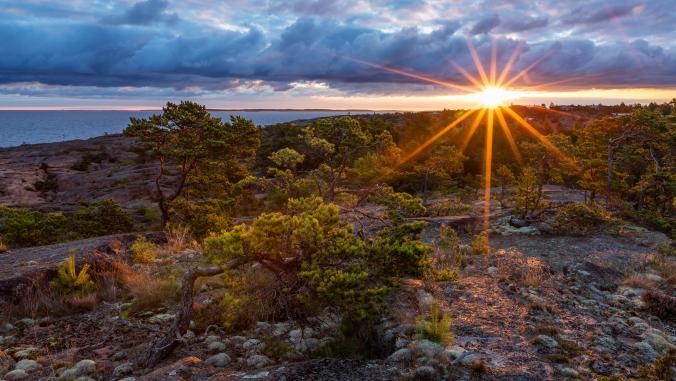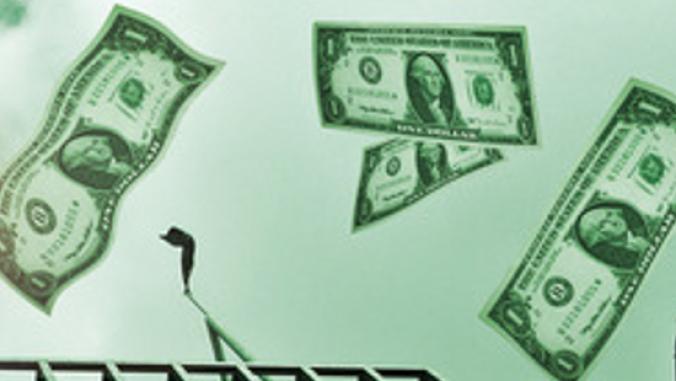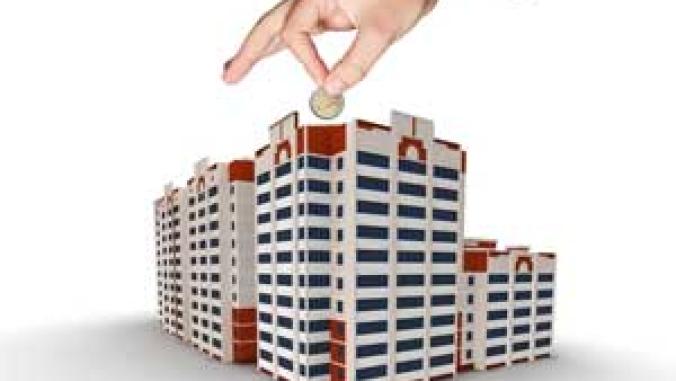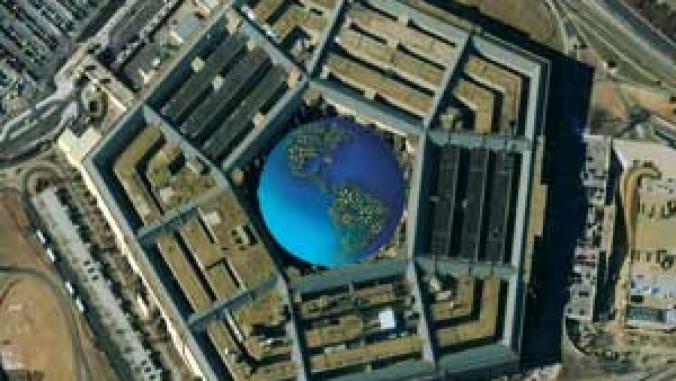Are Smart Buildings Green Buildings? And Vice Versa
<p>Live from the first annual State of Green Business Forum in Washington,D.C., the vibe feels more like a two-time championship team than a young upstart.</p>

I'm here at Day 1 of the State of Green Business Forum in Washington DC, the beginning of the end-cap of a three-week, cross-country marathon that began in San Francisco February 4th, wound through Chicago last week and culminates tomorrow. There is a nice vibe here that feels more like a 2-time championship team, rather than an unexpectedly successful upstart.
Among both participants and presenters there is not quite a swagger, but a definite confidence: "We know it works: here's how," not, Hey! It works ?!" For me, the center of gravity is the Smarter Buildings: The Executive View forum sponsored by IBM in partnership with Eaton, Johnson Controls and Schneider Electric. My job is to stir up trouble and get people to talk. Easiest job I ever had!
The 40+ attendees from the intersection of facility management, IT, building design & engineering had no trouble sharing their experience and voicing their opinions. Either everyone in the room had read Matt Wheeland's latest piece profiling the experience of Schneider Electric's U.S. President, Jeff Drees, or there was some kind of interconnectivity through the ether, as there was clear general agreement that the human element was the weak link (or area of greatest opportunity, depending on which half of the glass you swim in) in delivering smarter buildings.
With regards to the human dimension, the 2008 book "Nudge" by Richard Thaler and Cass Sunstein, received several plaudits for being an excellent source of creative inspiration on how to engage people to support sustainable buildings, whether they are tenants, contractors or facility management staff Another refrain was that while buildings themselves were getting more complicated, the folks who run them, by and large, aren't receiving adequate training or incentives to handle the increase workload.
I loved the way Johnson Controls' Clay Nesler summed up the core challenge of Smart, Green Buildings (I'm liberally paraphrasing now): "used to be able to maintain & tune up my little Volkswagen Beetle myself. Now, my car has something like 40 microprocessors and an array of very sophisticated technology that makes it run. But my 80-year-old grandmother can still drive it. That's were we need our buildings to be: ultra-sophisticated under the hood and a no-brainer to operate."
A belated Valentine gift just arrived from NIST (hey, it's the thought that counts … ) in the form of the release of the online version of their path-breaking BEES LCA software. This is great news for Mac users such as myself who either had to go without or suffer Windows kluges gumming up our sleek machines. Being web-based will really help ease the expansion of the product database, which now includes manufacturing, and actual economics and environmental performance data for over 230 building products.
Also hot off the presses is the new Asia Green City Index, a new study of urban sustainability sponsored by Siemens, conducted by The Economist Intelligence Unit. There are some pretty sobering numbers here, including the fact that per capita CO2 emissions in Shanghai are about 35 percent higher than New York's (9.7 tons/person vs. 7.1 tons).
But before we get too outraged about Asia , we would do well to understand that the average per capita CO2 emissions of the 22 cities studied was only 4.6 tons CO2/person, while Washington DC weighs in at almost 20 tons/person according to the 2009 study by the International Institute for Environment and Development. I'll spend more time next week talking about the trends and pressures on Asian cities.
I'm going to defer this week's Look-Grandpa! award in favor of recognizing and thanking someone who has made a real difference in the world and was a major figure in my life. Natural Resources Defense Council co-cofounder and 35-year Executive Director and President, John Adams, yesterday received the Presidential Medal of Freedom for his contributions to improving America's, and the world's, environment.
Before John Adams and NRDC spearheaded the creation of the modern environmental movement through their insight that the planet and its people deserved safeguarding through integrated environmental law and policy, rivers were catching fire, children's IQs were falling like so much deposition from leaded gasoline particulates and the sum of environmental consciousness was symbolized by a tear-streaked Indian (I'm using that anachronistic moniker on purpose).
Anyone who doubts the efficacy of our bedrock environmental laws simply need to go to China and breathe the air there for a couple weeks as I do each month. It also is a huge tribute to John as a leader that he created an organization that for 21 years held my attention and interest, trusting and valuing me as a professional and helping me grow as a person. The caliber of my colleagues at NRDC will forever be the standard against which I will judge other organizations. Words fail, so I will merely end with, "Thank you, John and Happy 75th Birthday!"





